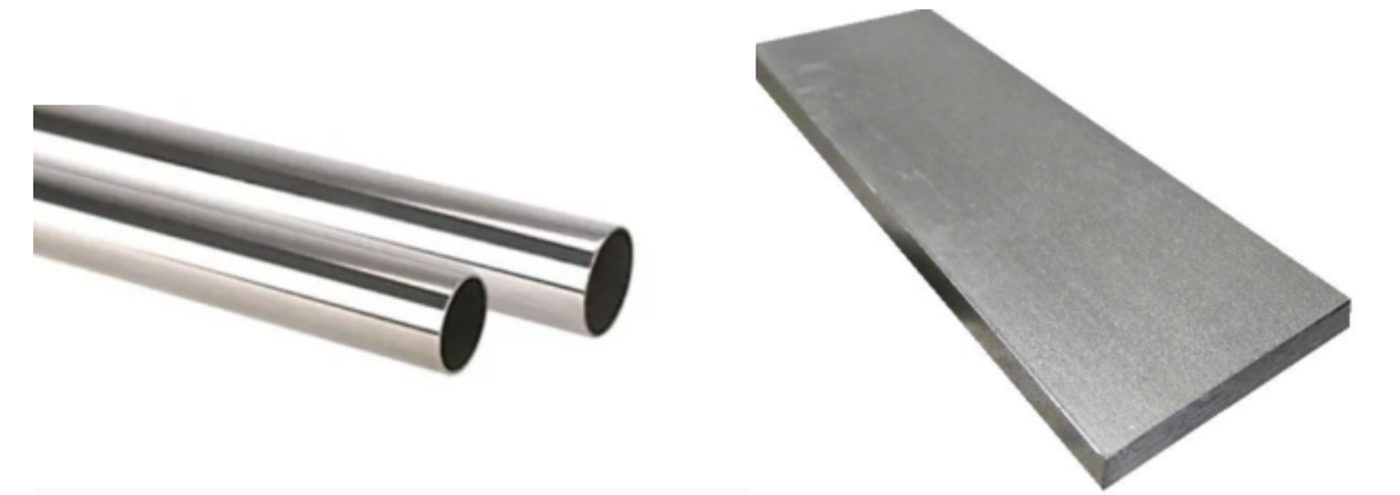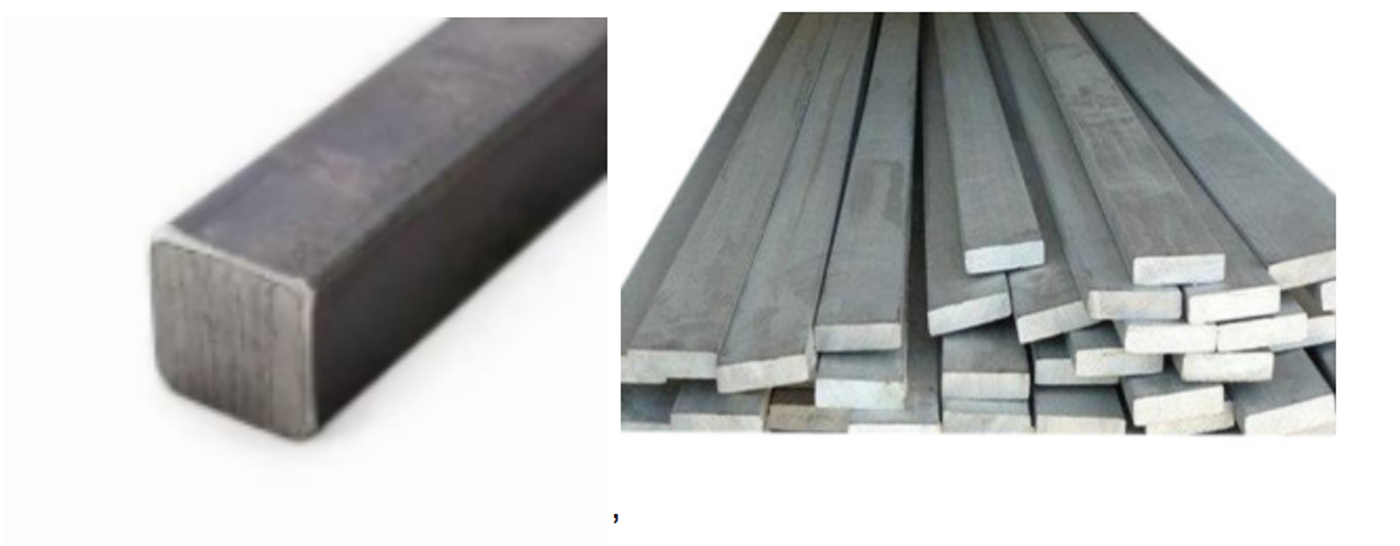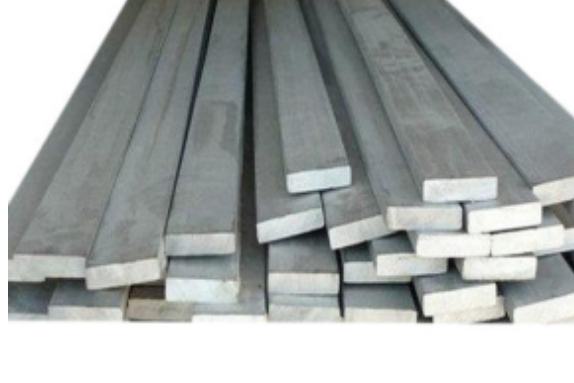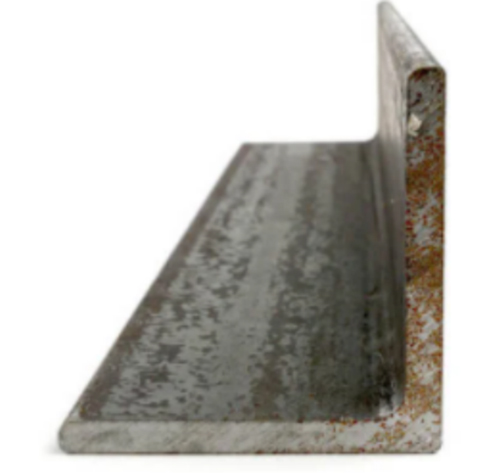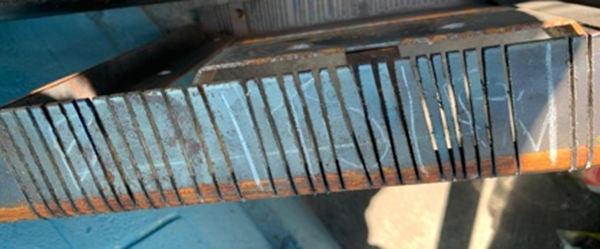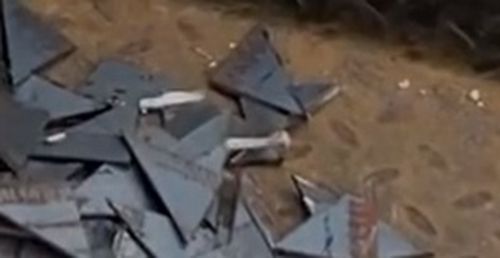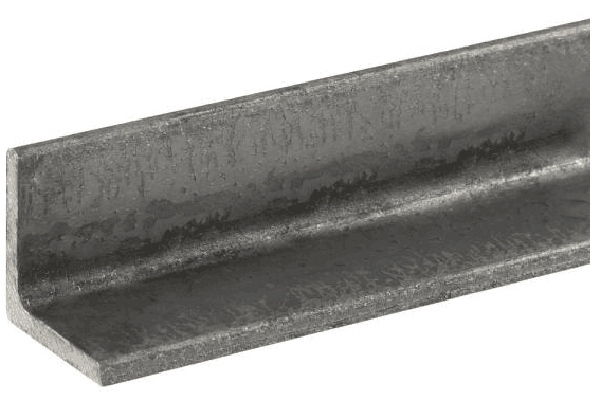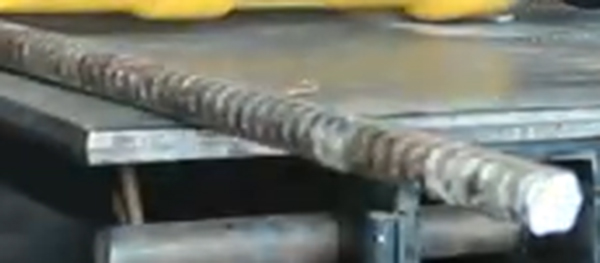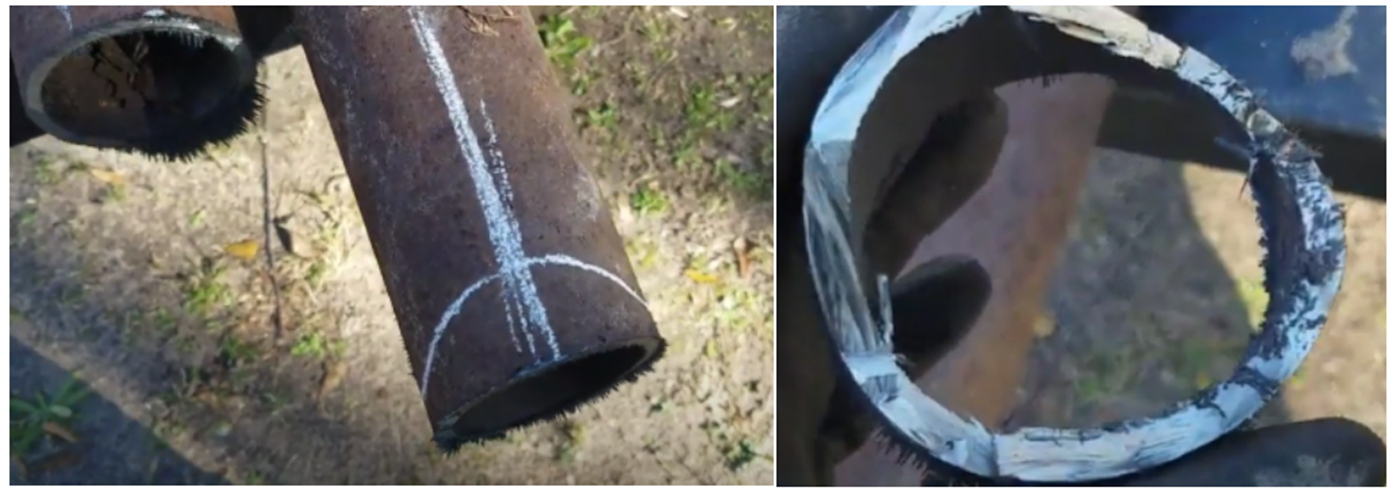This article is protected by copyright and is only allowed to be reproduced by the link
Have you ever been confused by the quality Testing about these cut off wheels? Various Data indicating different Views on the quality, but do you know: what you saw is not necessary what it is. since we all know the different material fit for different formula of abrasive wheels, each market have their most commonly used material and testing way to see quality, now let us come to our first Stop: North America
The test materials of North American cutting Wheel are roughly divided into hot-rolled (auto parts, Angle, pipes, general rebar) and cold-rolled (typical stainless steel, high-strength steel bars) according to the strength of the material, divided from shape it is mostly the plate, or angle, Square, Tube shape, and a few use industrial pipes, screws and other materials for testing.
The main Material almost likes:
| Multiple Material Test | ||
| # | Material | Dimensions |
| 1 | Angle | 1” x .125” |
| 2 | Mild Square Bar | 1” x1” |
| 3 | Mild Square flat | 1/4’’ x 2’’ |
| 3 | Stainless Steel Tube | 1” x 0 .120” |
| 4 | Stainless steel plate | 2” x 1/4” |
| 5 | Thread Rusted Rebar | 1/2” |
| 6 | Galvanized Tube | 0.850”x0.120” |
| 7 | Bar Stock | 1” x ¼” |
The test methods are mainly divided into two kinds:
One is cutting the wheel all done and records the total number of cutting of the wheel and the time of each cut;
The other is calculating the weight and size consumed by the cuts after 10 or 5 cuts and the time for each cut.
Most of the testing is done manually, just a very few will be completely aligned with the machine test.
The quality standard is basically judged from the life (number of cuts, consumption rate) and speed (cutting time per cut), but it must be mentioned that American customers mainly also notice the cutting experience including:
1/easy installation
2/the pressure applied during manual cutting.
3/the temperature of the cutting blade when working.
In order to let you guys understand, I will make a specific analysis based on the tests of different cutting materials commonly used in North America:
Material: Stainless Steel
Stainless Steel Tube 1” x 0 .120”
Stainless steel plate: 2″ tall, 1/4″ thick. As below:
If you use that material, usually we manually cut done the entire disc to see the total cuts and the time for each cut:
Case: ACR Testing Result:
The leading brand ACR once tested our 4.5inch*1.2mm and 1.6mm STA Quality of cutting wheels on Stainless steel plate: 2″ tall, 1/4″ thick. To compare all leading brands Tyolit, Sait, and Metabo etc:
Here the Ranking Result:
| MFG | Product | # of cuts | Time (sec) | Avg. TPC (sec) |
| Tyrolit | Premium | 22 | 212 | 9.6 |
| Binic | Standard 1/16 | 20 | 165 | 8.3 |
| Tyrolit | Cerabond | 19 | 125 | 6.6 |
| Binic | Standard .040 | 19 | 147 | 7.7 |
| Sait | Saitech Ceramic | 17 | 140 | 8.2 |
| Metabo | Slicer Plus | 17 | 169 | 9.9 |
| Sait | Z-Tech | 14 | 118 | 8.4 |
| Tyrolit | Basic | 13 | 112 | 8.6 |
| IA | Inox Green Label | 12 | 160 | 13.3 |
| Dia Resibon | Economy | 12 | 105 | 8.8 |
| Metabo | Original | 12 | 100 | 8.3 |
| Metabo | Super Slicer | 11 | 103 | 9.4 |
| IA | Inox Silver Label | 10 | 125 | 12.5 |
From the chart you could see, Tyrolit Pre is in best cuts and Cerabond in fastest speed.
And BINIC 4.5 cutting wheel ranks in Top 5 cuts and speed
Material: Mild steel (Carbon Steel)
Mild Square Bar 1” x1”
Mild steel flat bar (Carbon Steel flat) (1/4’’ x 2’’)
One way to test us manually cut done the entire disc to see the total cuts and the time for each cut.
Another is that Without Human Force, Just using machine to do first 1 cut, and then record the time and the loss
Case 1: Walter Test record:
Last year, Walter took BINIC 4.5” cutting disc STA Quality have a test on Mild steel flat bar 2’’ x ¼’’ Recorded the cuts and time per each cut, finally got the test result below:
| CUTTING | Nb of cuts
(Mild steel flat bar 2’’ x ¼’’) |
Avg. time / cut | Power tool used |
| 115 x 1.2 x 22.23mm | 21 – 23 cuts | 9.7 – 10.9 sec / cut | Walter Mini grinder (900W) |
115mm BINICSTA Cut 21-23cuts totally 9.7-10.9S/cut with 900W Walter anger
From Walter saying: That The quality level is totally enough to meet the need and basically above the average level in DIY and Hemi-industrial market, but to be Honestly, Our STA isn’t be designed for Industrial High-end whose standard is:
60 cuts in mild steel flat bar (1/4’’ x 2’’) with an average of 10 sec / cut
Hope BINIC have another chance to test the industrial quality with WALTER later
Case 2:
Material: mild steel flat (Carbon steel) 1/2” thick and 3inch tall
You can see that steel in taller size; we usually do cut first cuts (5cuts-10cuts) then record the loss and the time for each cut
Case: The comparing testing for Warrior (HF) VS Dawalt: VS Dawalt VS Milwuakee
QC cut 1 cut in same force, without human interring then records the time and loss for each cut:
Warrior: 0.0625” thick Dia.4.52”to Dia.4.05” 40% loss of 37g->34g: loss 3g 77S/cut
Dawalt: 0.07” Thick Dia.4.5” to Dia.4.4 10% loss of 41g->39g loss 2g 99S/cut
Milwuakee: 0.058” Thick Dia.4.54’ to Dia.4.1” 31% loss of 33g->28g loss 5g 48S/cut
Pferd: 0.047” Thick Dia.4.5” to Dia.4.36” 25% loss 27g->25g loss 2g
53S/cut
It seems that Milwuakee and Pferd in better performance completely. It is can reflect the quality somehow. But I have to say:
Just cut 1 cut maybe a little one-sided, and in real practice, we use human labor more often.
Material:
Hot rolled Angle 1” x .125”
It is more used in 6” cutting testing, also used on 4.5”cutting disc
We have 2 ways to Cut the:
1/From the Up to bottom cut down the angle as below:
First cut 15cuts or 10cuts then record the left Diameter and the speed for each Cut
2/ Just Cut off the corner of angle:
We usually just cut the disc completely done to see how any cuts it all can cut, so it is usually for check the life of the Disc
The QC manually using 800W Bosch Cut the Corner of the Angle (Brackets 0.125” Thick) to see how many pieces that the disc can totally cut.
Malabo: Totally 32Cuts
Benchmark: Totally 50Cuts
Just from the Cuts quantity you can see Benchmark is the best.
Other Material
Thread Rusted Rebar: 1/2”
It is more used for DIY or hemi-Pro market testing In USA.
We usually manually Cut the disc done and see the cuts and time for each cut
2 7/8” oilfield Pipe (saddle around)
It is not be often used as test but some will be
We usully manually cut 1st until completely cut down one circle of the Pipe , then we need to measure the loss of weight and dia , record the time for that one circel . then we cut the 2nd then record again until the disc be cut off.
So generally, if you use the larger size you need to cut sperate and record sperate. And to gain more accurate data we need to cut many as we can.
The Testing way should be matched to our real practice use; if in that way May we can gain the more correct Testing results.
As I believe you all can see that the Two main factors determine the quality if the disc, Speed and Cut, generally it is inverse direction, so the point is to balance this two factors.
Above Opinions are just for your reference, if anyone have any ideas or any different opinion, Welcome to make Comments.
Want to see our BINIC Wheel ranking among these brands, please contact at: sale3@binic-china.com . See more at: www.binictools.com
This article is protected by copyright and is only allowed to be reproduced by the link

